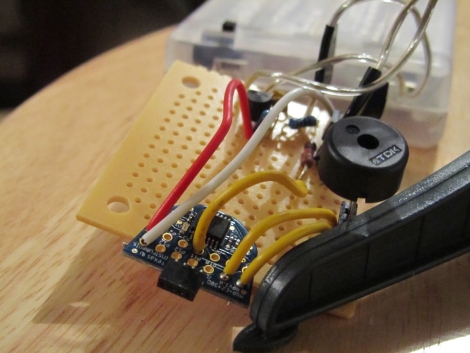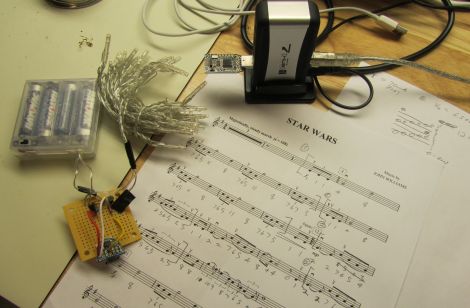
[Jason] and his father took advantage of a week off of work over Thanksgiving to design and build a Christmas light decoration that can flash fancy patterns. He calls it the Uno Christmas Tree. It’s sixteen strands of lights draped between a pole and the ground to form the shape of a tree. The main controller is an Arduino UNO, but what really makes this work is a mechanical relay board with sixteen channels.
Using trigonometry they figured out that the decoration would be fifteen feet tall and have a five-foot radius at the base. A pipe was installed to act as the trunk, with an old toilet flange at the top and stakes at the bottom to anchor the lights. They all make their connections at the controller box using extension cords that were labelled with channel numbers. You can see the final product in the video after the break. But you’ll also want to watch the clip on [Jason’s] blog which shares the sonic symphony created when the mechanical relays really start working.
Continue reading “Christmas Light Controller Is Its Own Percussion Section”




















